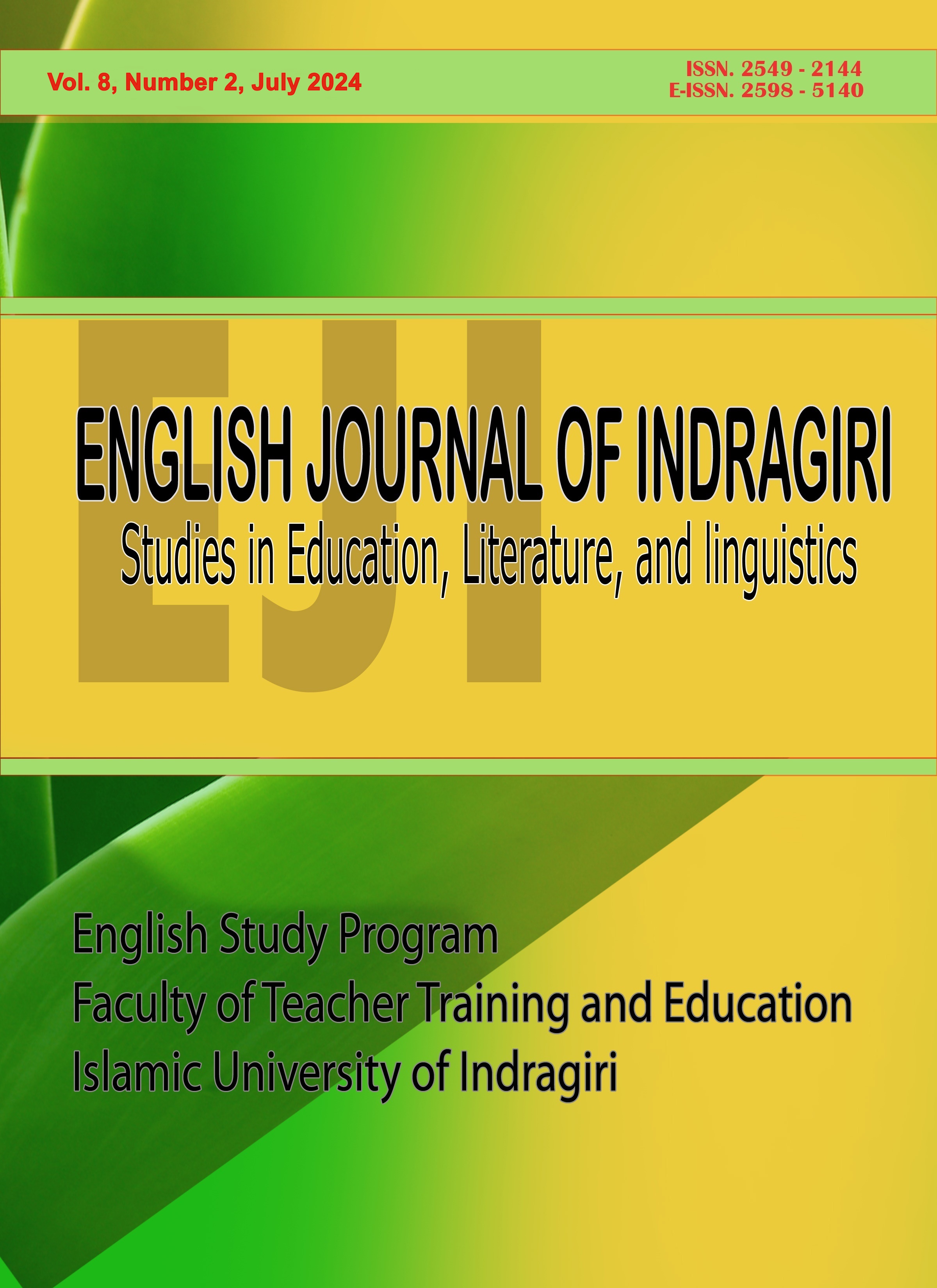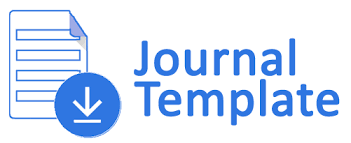The Effect of Using Charts on Students’ English Speaking and Writing Ability
DOI:
https://doi.org/10.61672/eji.v8i2.2781Keywords:
Charts, Spreaking, WritingAbstract
The research problem of the study was how the implementation of using chart in teaching speaking and writing, while the objective of the study was to find out the significant effect of using chart on students’ English speaking and writing ability. The study used a quasi-experimental design with pre-test and post-test. The participants of the study were 70 students. The data were analyzed using independent sample t-test and paired sample t-test. Eta square formula also used to find an indication of the magnitude of the differences between the groups. Based on the data processing, the finding showed that there was a significant effect of using a chart on students’ English speaking and writing ability. The research finding showed that conducting the treatment by using a chart gives a significant effect 89% on the students’ speaking ability and 92% on the students’ writing ability. Based on the result of the research, it can be concluded that using a chart is one of the ways which can be used by educators to improve students’ speaking and writing skills.
References
Anne, Uusen, 2006. Writing Skills of 1st and 2nd Stage Students Faculty of Educational Sciences, Tallinn University, Estonia.
Beard, Colin and Wilson, John P. 2006. Experiential Learning A Best Practice Handbook for Educators and Trainers. Kogan Page, London and Philadelphia.
Bowker, Natilene. 2007. Academic Writing: A Guide to Tertiary Level Writing. Massey University, Palmerston North.
Brown, H., Douglas, 1994. Teaching by Principle an Interactive Approach to Language Pedagogy. Prentice Hall, USA.
Bowen, T. et. al. 1994. The Teacher Development Series: Inside Teaching. New Hampshire: Heinemann.
Cambridge Advanced Learner’s Dictionary, 2005. Cambridge University Press, Singapore.
Creswell, John W., 2009. Research Design Qualtative, Quantitative, and Mixed Methods Approaches. Sage Publications, USA.
Creswell, John W., 2012. Educational Research: Planning, Conducting, and Evaluating Quantitative and Qualitative Research, Pearson Education, Boston, USA.
Doff, A. 1988. Teaching English: A Training Course for Teachers. Cambridge: Cambridge University Press.
Duminy, P.A. 1992. Teaching Practice. Cape Town: Maskew Miller Longman.
Elbow, Peter. 2000. Every One Can Write Essays toward a Hopeful Theory
of Writing and Teaching Writing. Oxford University Press, New York.
Fitria, N., & Rafsanjani, T. M. (2020). The Use of Wall Charts in Instruction to Improve the Eighth Grade Students’ Vocabulary Mastery (An Experimental Study at SMP Negeri 4 Banda Aceh). International Journal for Educational and Vocational Studies, 2(8), 726–730. https://doi.org/10.29103/ijevs.v2i8.2689.
Gay, L. R., and Airasian, Peter. 2000. Educational Research: Competencies for Analisys and Application. Prentice Hall, New Jersey.
Harmer, Jeremy. 2001. The Practice of English Language Teaching. Pearson education Limited, England.
Hughes, Arthur. 2003. Testing for Language Teachers. Cambribge University press, USA.
Ilyosovna, N. A. (2020). the Importance of English Langauge. International Journal on Orange Technologies [IJOT], 2(1), 22–24. https://doi.org/10.15864/ijelts.2119.
Johnson, Andrew P. 2008. Teaching Reading and Writing A Guidebook for Tutoring and Remediating students. Rowman & Littlefield Education, USA.
Kitao, S. Kathleen & Kitao, Kenji. 1996. Testing Writing. Educational Resources Information Center (Eric).
McCarthy, M. 1989. Vocabulary and Language Teaching. London: Longman.
Nation, I. S. P and Newton, Jonathan. 2009. Teaching ESL/EFL Listening and Speaking. Routledge, New York.
Nation, I. S. P. 2009. Teaching ESL/EFL Reading and writing. Routledge, New York.
Nunan, David, 1992. Research method in Language Learning. Cambridge University Press, USA.
Pallant, Julie. 2010. SPSS Survival Manual. Allen & Unwin Book Publishers, Australia.
Patria, L., Rosnija, E., & Tanjungpura, U. (2020). Submitted : 2020-09-02 Accepted : 2020-11-18. 3(2), 169–177.
Rianti, W., Hardi, V. A., Afriyeni, Y., & Rasyidah, U. (2022). Analysis of Teaching Writing Strategies. AL-ISHLAH: Jurnal Pendidikan, 14(3), 3705–3712. https://doi.org/10.35445/alishlah.v14i3.1866.
Richards, C. Jack,. Platt, John and Platt Heidi,1999. Longman Dictionary of Language Teaching and Applied Linguistics. VVP, Malaysia.
Samover, Lary A., and Porter Richard E., 1995. Communication Between Cultures Unites States of America. Words Worth Publishing Company, USA.
Singh, Parmjit, Fook, Chan Yuen, and Sidhu, Gurnam Kaur. 2006. A Comprehensive Guide to Writing A Research Proposal. Venton Publishing, United Kingdom.
Selvaraj, M., & Aziz, A. A. (2020). Utilizing Flow Chart in Writing Narrative Essay: English as Second Language Students’ Perceptions. International Journal of Academic Research in Business and Social Sciences, 10(3). https://doi.org/10.6007/ijarbss/v10-i3/7017.
Suryanto, & Sari, Z. E. (2021). Difficulties and Strategies in Learning English: An Analysis of Students From English and Non-English Education Department in Indonesia. 518(ICoSIHESS 2020), 313–331. https://doi.org/10.2991/assehr.k.210120.140.
Tankersley, Karen, 2003. The Threads of reading Stretegies for Literacy Development. Association for Supervision and Curriculum Development, USA.
Downloads
Published
Issue
Section
License
Copyright (c) 2024 Nurjayanti Nurjayanti, Deci Ririen

This work is licensed under a Creative Commons Attribution 4.0 International License.




















